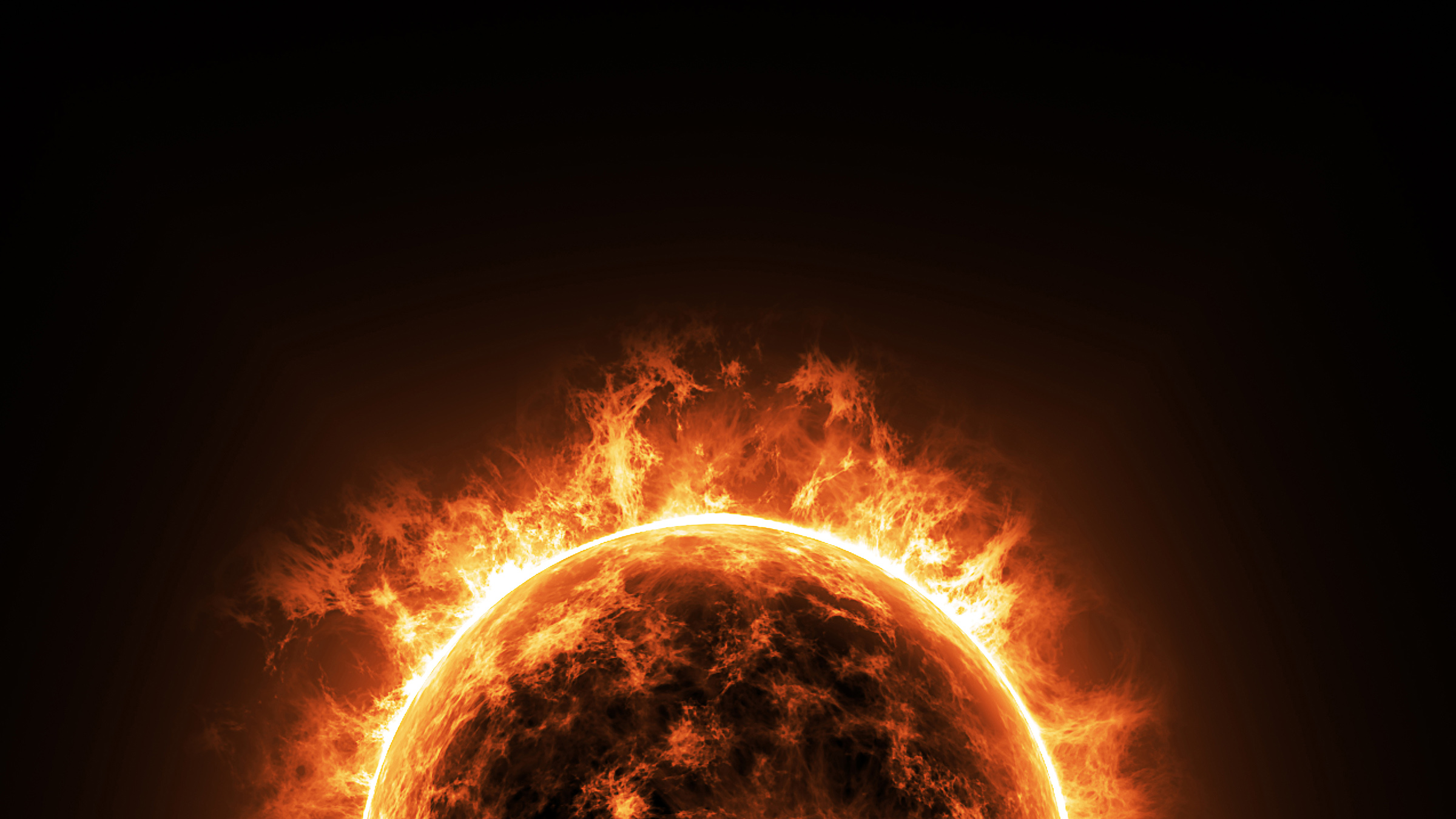In a stunning display of its power, the sun unleashed its largest solar flare in 20 years. The X8.7 flare peaked at 12:51 p.m. ET on May 14 and was captured in several images by NASA’s Solar Dynamics Observatory (SDO), which the agency has now turned into a video.
Solar flares are intense bursts of radiation that occur when magnetic energy built up in the Sun’s atmosphere is suddenly released. These events can significantly impact Earth, disrupting satellite communications and causing auroras to appear at lower latitudes than usual. This is exactly what happened recently, when auroras spread further south than they normally do after a solar eruption collided with Earth’s magnetic field.
To highlight the largest solar flare in 20 years, the SDO captured several images in different wavelengths. NASA’s JPL then compiled those images into a video, which you can see embedded below. This multi-wavelength observation will enable scientists to study the complex dynamics of solar flares like this monster and their potential impacts on our planet.
The flare can be seen on the lower right edge of the Sun in the video above. It was followed by a smaller eruption, which you can see in the upper left.
The SDO is designed to study the Sun’s activity and its effects on Earth. The observatory is equipped with advanced instruments that allow it to see the Sun in more than ten distinct wavelengths of light, each revealing different features and temperatures of solar material. And it has given us intriguing insights into the Sun since its launch in 2010.
This latest solar flare is the largest in almost 20 years and is classified as an X-class flare, the most powerful category of solar eruptions. We use a number after the “X” to denote the strength of the flare, with higher numbers indicating more intense events.
An X8.7 flare like this is considered a significant event, and scientists will closely monitor its effects on Earth’s magnetic field and upper atmosphere. One of this cycle’s largest previous solar flares weighed in at X2.8, so this latest flare is exceptionally more powerful.
As the Sun continues its 11-year solar cycle, which is expected to reach solar maximum in 2025, more powerful flares and solar storms are possible. Solar observatories like the SDO and the Parker Solar Probe will continue to provide valuable insight into the monstrous star at the center of our solar system.

